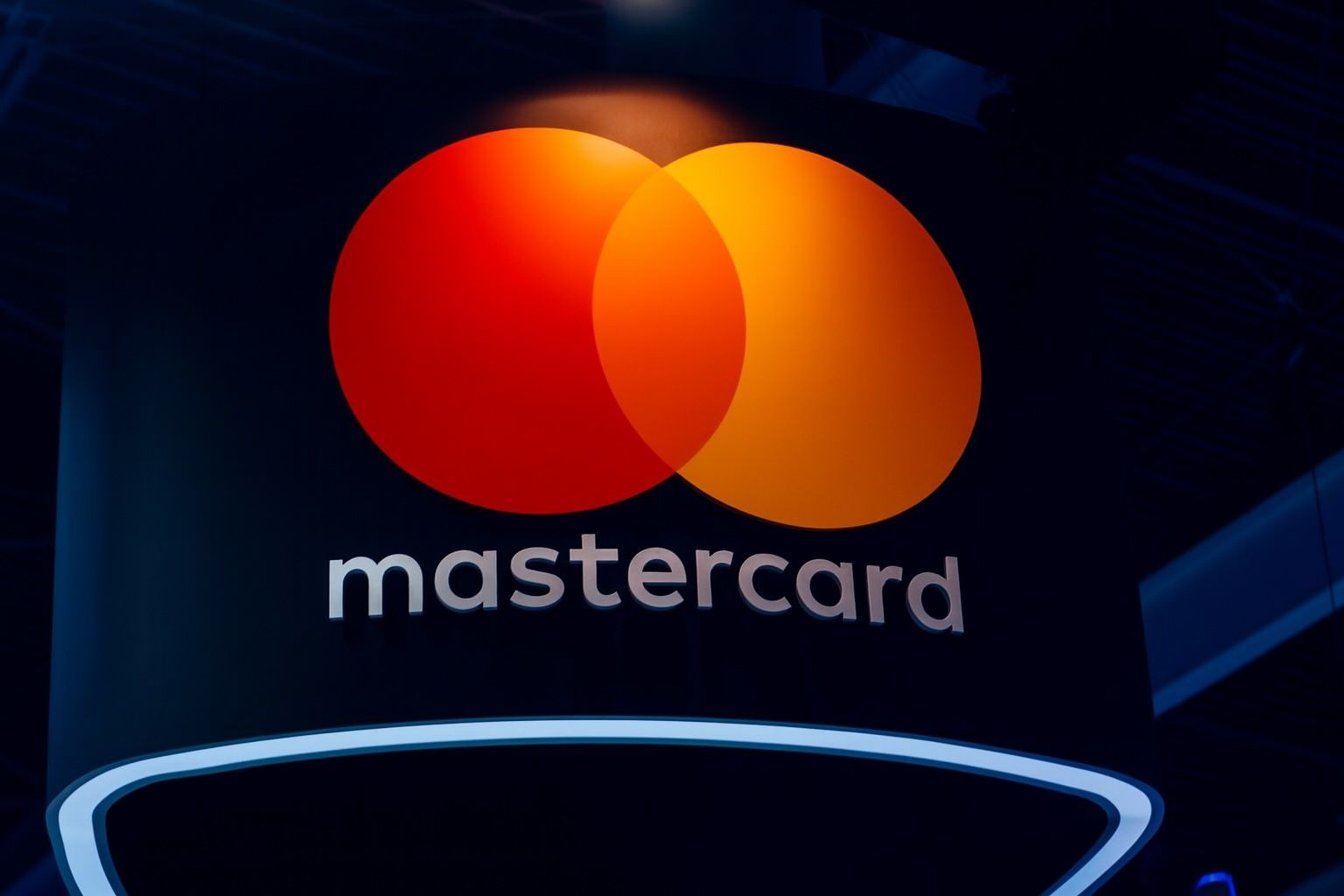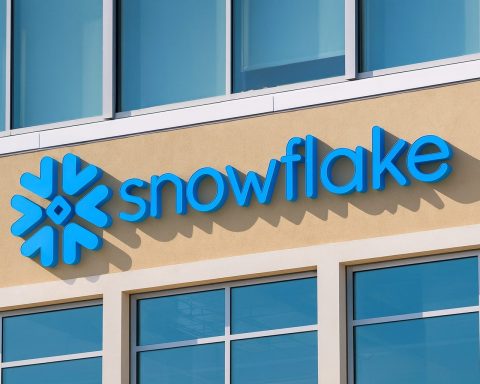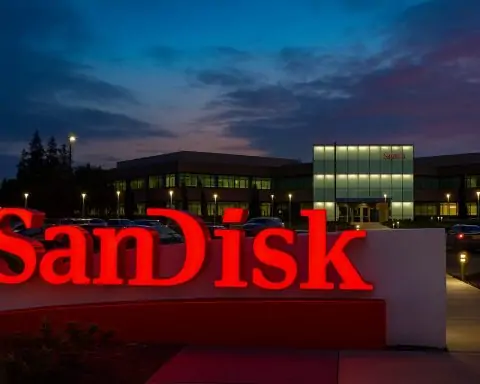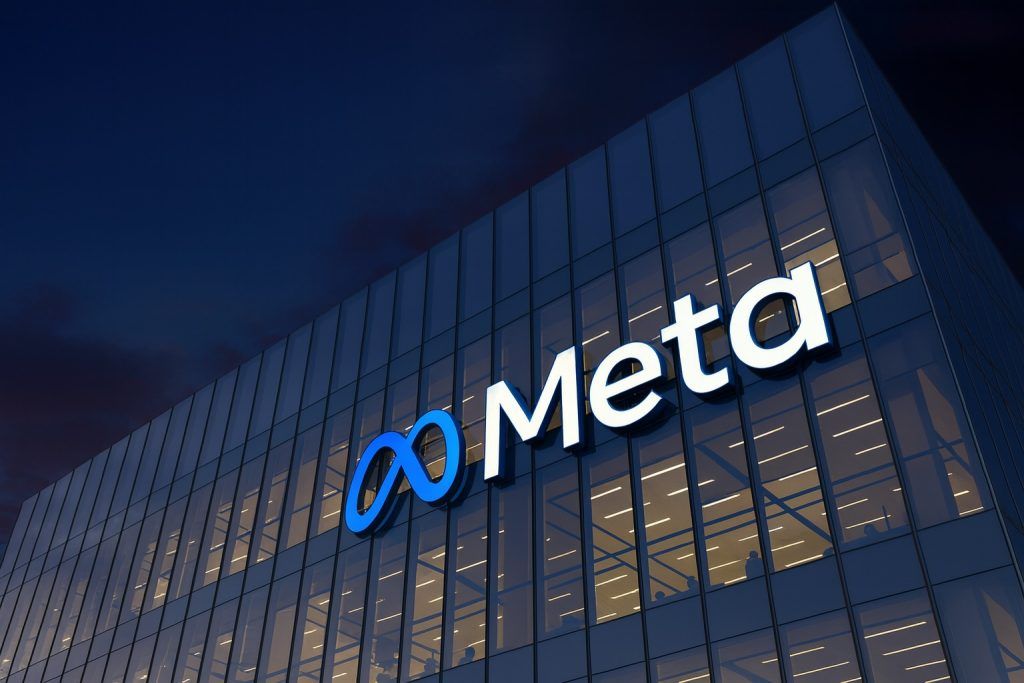- Massive crypto M&A: Reports say Mastercard is in late-stage talks to acquire crypto infrastructure firm ZeroHash for $1.5–2.0 billion [1] [2]. ZeroHash provides fiat-to-crypto rails for banks, brokerages and fintechs, and just raised $104 M at a $1 billion valuation [3] [4].
- Stablecoin ambitions: The company was also linked to talks for London-based stablecoin fintech BVNK (~$1.5–2.5 B deal) alongside Coinbase [5] [6]. In June Mastercard announced support for major regulated stablecoins (USDG, PYUSD, USDC, FIUSD) on its network [7] [8].
- Strong financials: In Q2 2025 (reported July) Mastercard’s revenue was $8.13 B (+17% YoY) and EPS $4.15, handily beating estimates [9]. William Blair analysts called MA “the most attractive legacy fintech” as it captures market share [10].
- Stock near highs: Mastercard’s shares (MA) are trading around $570 (as of Oct 22, 2025), near their 52-week high (~$599) [11] [12]. Wall Street is broadly bullish: 33 analysts rate MA as Overweight, with an average 12-month price target ~$626. Citi’s high target is $735, implying up to 21% upside [13] [14].
- Volatility & risk: Shares dipped ~4.6% on Oct 29 after a report on retailers exploring stablecoins [15], illustrating market sensitivity. Experts warn of competition from alternative payment rails (FedNow, big-tech wallets) even as Mastercard emphasizes its “resilient” model [16].
Mega-Deals in Crypto Infrastructure
According to multiple reports, Mastercard is making one of its largest crypto moves yet. On Oct. 29, 2025 Reuters cited Fortune to say the payment giant is “in late-stage talks” to buy ZeroHash for roughly $1.5–$2 billion [17]. Crypto Briefing confirms Mastercard is “set to acquire crypto and stablecoin infrastructure provider ZeroHash for nearly $2 billion” [18]. ZeroHash, co-founded by Edward Woodford and Brian Liston, offers back-end rails that enable banks and apps to integrate crypto features (custody, on/off ramps, tokenized assets, etc.). Its partners include Interactive Brokers, DraftKings, Stripe and others [19].
This deal would mark one of the largest M&A in the crypto infrastructure sector. It comes on the heels of big banks’ own crypto moves: Morgan Stanley’s E*Trade announced crypto trading via ZeroHash [20], and Interactive Brokers recently led a $104M Series D into ZeroHash to make it a unicorn [21]. Those developments signal strong demand for regulated crypto payments. A U.Today report adds that ZeroHash’s latest $104M round “brought its valuation to $1 billion” [22].
In parallel, Mastercard has been linked to stablecoin deals. In October sources told Fortune (via CoinDesk) that Coinbase and Mastercard both held talks to buy BVNK, a London-based stablecoin payments startup, for ~$1.5–2.5 B [23] [24]. Coinbase reportedly has the lead in those discussions, but no deal is finalized yet. If completed, a BVNK acquisition would signal how fiercely traditional finance players are chasing stablecoin tech. (By comparison, Stripe bought stablecoin startup Bridge for $1.1 B in 2024.)
Expanding Stablecoin Strategy
Mastercard’s aggressive M&A talk fits a larger stablecoin push. In June 2025 the company announced it will enable multiple USD-backed stablecoins on its network [25]. Chief Product Officer Jorn Lambert explained Mastercard’s approach: “We’re not just enabling stablecoin transactions — we’re helping to make them safe, compliant and built to last,” emphasizing integration with existing fraud and compliance controls [26]. The network already supports Paxos’s USDG, PayPal’s PYUSD, Circle’s USDC, and Fiserv’s FIUSD, making it easier for merchants and consumers to spend stablecoins like cash. Lambert noted that with major exchange partnerships (Binance, Coinbase, Crypto.com, OKX, Kraken) and global scale, Mastercard can bridge crypto and traditional payments [27] [28].
Similarly, Mastercard has pursued blockchain innovations in commerce. In June it teamed up with Chainlink and the DEX platform Swapper Finance, allowing any Mastercard to buy crypto on-chain directly from decentralized exchanges [29]. As Raj Dhamodharan (EVP, Blockchain & Digital Assets at Mastercard) said of that initiative, “This is what crypto looks like when it’s ready for the real world” [30]. Together, these moves suggest Mastercard sees digital assets and tokenized payments as strategic—if still nascent—avenues for growth.
Wall Street Reaction & Stock Forecast
On the heels of the ZeroHash news, Mastercard’s stock (ticker MA) remains robust. MA traded around $570 in late Oct 2025 [31] [32], well above its $480 lows from spring and near the 52-week peak (~$599). Over the past year the shares have jumped on strong earnings and fintech momentum. For instance, Q2 revenue grew 17% (to $8.13 B) [33] as consumer spending stayed healthy. Analysts see more upside: according to Benzinga, the average 12-month price target is ~$626, with 33 of 57 analysts rating MA a “buy/overweight” [34]. Citi’s recent initiate at Buy put a $735 target on MA [35], implying 30% gains, and even cautious BofA’s $509 bear-case target is above current levels.
That said, the stock can be volatile on crypto news. For example, an Oct. 29 Investing.com report noted Visa fell 5.4% and Mastercard 4.6% after a Wall Street Journal story that Walmart and Amazon are exploring their own stablecoins [36]. This underscored how big-retailer stablecoin initiatives (and related regulatory debates like the pending “GENIUS Act”) can spook investors in payment networks. Going forward, market watchers say MA may wobble around earnings and macro data, but the long-term trends (digital payments growth, travel recovery, fintech innovation) still favor the stock.
Industry Commentary & Outlook
Industry observers point out that Mastercard’s core model remains strong even as the landscape evolves. As one analysis put it, Mastercard’s business is “resilient” and closely tied to everyday spending [37]. William Blair analysts have dubbed it “the most attractive legacy fintech,” praising its continued market-share gains [38]. Cryptointegration is part of that story: if regulated stablecoins or tokenized deposits take off, Mastercard hopes to earn a cut via its network and services.
However, risks remain. Rising competition from alternative rails (like the Fed’s FedNow instant-payments and big tech wallets) and potential economic slowdowns could temper growth. The new deals (ZeroHash, stablecoin partnerships) are an insurance policy of sorts – building in new revenue streams if crypto adoption accelerates. “With fintech innovation accelerating, Mastercard’s combination of scale and new technology initiatives positions it to benefit,” notes the recent TS2 analysis [39]. In short, Mastercard appears to be betting $2+ billion that the next wave of payments – on-chain, tokenized, and instant – will flow through its network.
Sources: Industry news and reports [40] [41] [42] [43] [44] [45] [46] [47] [48] [49], including Reuters, Crypto Briefing, CoinDesk, Mastercard press releases, Investing.com, and TS2.tech analysis.
References
1. www.reuters.com, 2. cryptobriefing.com, 3. cryptobriefing.com, 4. u.today, 5. www.coindesk.com, 6. www.coindesk.com, 7. ts2.tech, 8. www.mastercard.com, 9. ts2.tech, 10. ts2.tech, 11. ts2.tech, 12. www.benzinga.com, 13. www.benzinga.com, 14. ts2.tech, 15. www.investing.com, 16. ts2.tech, 17. www.reuters.com, 18. cryptobriefing.com, 19. u.today, 20. ts2.tech, 21. ts2.tech, 22. u.today, 23. www.coindesk.com, 24. www.coindesk.com, 25. www.mastercard.com, 26. www.mastercard.com, 27. www.mastercard.com, 28. www.mastercard.com, 29. www.mastercard.com, 30. www.mastercard.com, 31. ts2.tech, 32. www.benzinga.com, 33. ts2.tech, 34. www.benzinga.com, 35. www.benzinga.com, 36. www.investing.com, 37. ts2.tech, 38. ts2.tech, 39. ts2.tech, 40. www.reuters.com, 41. cryptobriefing.com, 42. www.coindesk.com, 43. www.coindesk.com, 44. ts2.tech, 45. ts2.tech, 46. www.mastercard.com, 47. www.mastercard.com, 48. www.benzinga.com, 49. www.investing.com








